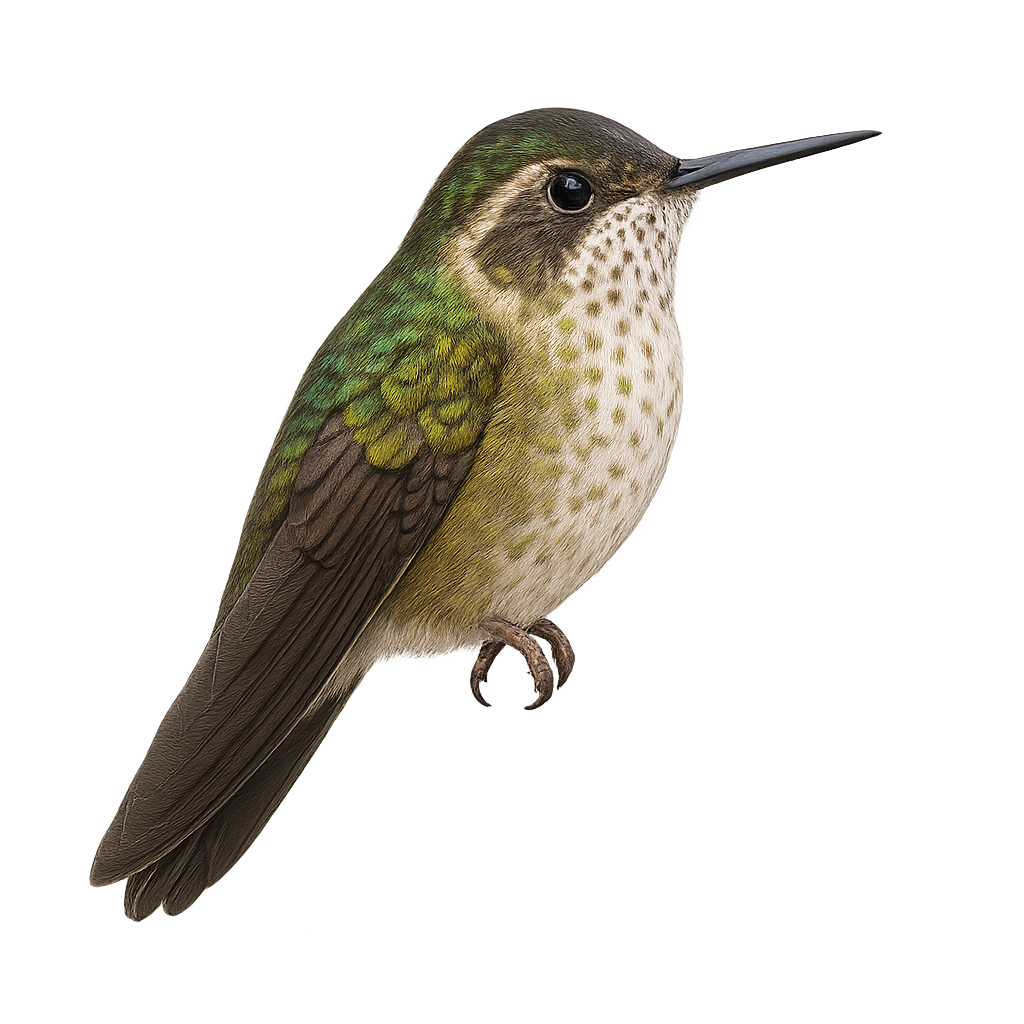Your wildlife photography guide.
Explore the speckled hummingbird in detail, study its behavior, prepare your shots.
Where to observe and photograph the speckled hummingbird in the wild
Learn where and when to spot the speckled hummingbird in the wild, how to identify the species based on distinctive features, and what natural environments it inhabits. The WildlifePhotographer app offers tailored photography tips that reflect the speckled hummingbird’s behavior, helping you capture better wildlife images. Explore the full species profile for key information including description, habitat, active periods, and approach techniques.
Speckled Hummingbird
Scientific name: Adelomyia melanogenys

IUCN Status: Least Concern
Family: TROCHILIDAE
Group: Birds
Sensitivity to human approach: Suspicious
Minimum approach distance: 5 m
Courtship display: March to April
Incubation: 18-20 jours
Hatchings: March to May
Habitat:
Humid forests, wooded areas, forest edges
Activity period :
Primarily active during the day, with peak activity in the morning and late afternoon.
Identification and description:
The Speckled Hummingbird, or Adelomyia melanogenys, is a small, captivating bird belonging to the Trochilidae family. It is primarily found in the mountainous regions of South America, particularly in the Andes. This hummingbird is distinguished by its green and brown plumage with speckled patterns, giving it a unique appearance. Its modest size, typically around 8 to 9 cm, makes it agile and swift in flight. It primarily feeds on nectar but also consumes small insects to supplement its diet. The Speckled Hummingbird is often seen in humid forests and wooded areas, where it plays a crucial role in pollinating local plants.
Recommended lens:
400 mm – adjust based on distance, desired framing (portrait or habitat), and approach conditions.
Photography tips:
To photograph the Speckled Hummingbird, it is advisable to use a telephoto lens of at least 400mm to capture sharp images without disturbing the bird. Look for areas where flowers are abundant, as these birds are often attracted to nectar. Be patient and wait for them to perch to drink. Use a tripod to stabilize your camera and prefer times of the day when the light is soft, such as early morning or late afternoon, to get well-lit shots.
The WildlifePhotographer App is coming soon!
Be the first to explore the best nature spots, track rutting seasons, log your observations, and observe more wildlife.
Already 1 431 wildlife lovers subscribed worldwide

